Warrior Princess Leia

Photo Credit: IMDB.com, © Lucasfilm.ltd
She is tortured by Darth Vader, but does she reveal the location of the Rebel Base to betray her people and, in return, free herself? Never. She remains a defiant warrior until the end. Meet the heroin that destroys the traditional structure of gender roles in society: Princess Leia Organa of Alderaan. Portrayed by none other than Carrie Fisher. Princess Leia was a member of the Imperial Senate, a diplomat, and a spy for the Rebel Alliance.
Released in 1977, Star Wars: Episode IV—A New Hope, transformed Carrie Fisher into an iconic goddess, mainly because of Princess Leia’s character that she portrayed so well.
In Star Wars: Episodes IV, V, and VI, Princess Leia gets rescued too many times. At the same time, all these rescue missions are never executed without Leia’s firm opinions and her constant assertion of her identity as a loyal leader. Her character definitely brings a new twist to the traditional definition of Damsel in Distress by holding on to atypical gender power (usually demonstrated by male characters) yet allowing herself to be rescued. A traditional Damsel in Distress would never tell her rescuer: “I don’t know who you are or where you came from, but from now on you’ll do as I tell you, okay?” –Princess Leia
Perhaps, it’s logical to claim that Princess Leia’s many rescue missions consisted of equal partnership. However, if Princess Leia is so well known for her fierce portrayal of masculine power and leadership, why is it that her almost nude golden costume worn in Star Wars: Episode VI: Return of the Jedi, remains one of the most iconic characteristics associated with Star Wars trilogy? In this particular costume, Princess Leia is Jabba the Hutt’s prisoner; she is forced to wear a golden slave costume that is quite revealing. She is also in chains and unable to make a single move. This particular costume forces the character of Leia into its traditional definition of Damsel in Distress by stripping her from her power and position as a diplomat and a member of the Imperial Senate. Who could even remember to associate her leadership titles with her persona after seeing her objectified body in a sexual, slave-like position?

© starwars.com
French Feminist Philosopher, Luce Irigaray, refers to societal gender roles as masculine and feminine discourse and recommends this “theoretical machinery” that has been ruling over society to be demolished. In a typical fairytale, the character of the Damsel in Distress is always represented by a female (feminine discourse). Of course, there is always a male hero: male discourse. These familiar characters have personas often seen in many other stories that repeat themselves in over and over again. The Damsel in Distress has a feminine discourse; she sits in the tower waiting for a hero to save her. The hero has a masculine discourse; he is the savior who takes action. These traditional roles give specific guidelines to both men and women: gender roles. Men are expected to have a powerful, courageous figure while women have a weak, cowardly role; they are to be rescued. This automatically sets up a hierarchy of character value.
Irigaray refers to the three accepted roles of women in society: virgin, mother, whore. These are the only labels that define women’s value. The female gender has been forcefully placed in these 3 categories for thousands of years. Along with other writers of her time, Irigaray adds that if a woman does not fit in one of these categories, she is automatically labeled as a monster because she showcases masculine traits: power and autonomy. To free the female gender from the 3 traditional societal labels, Irigaray’s call to action is to jam the gender discourse and allow women to create a new arena for their own personhood.
Even though Princess Leia’s portrayal of the Damsel in Distress as Jabba the Hutt’s prisoner and sexual icon fulfills her powerless role as the muted virgin or the objectified whore, the combination of all her actions in all the episodes of the Star Wars trilogy proves that Irigaray’s proposal has already been taken into account. Princess Leia is not a Damsel in Distress; she is a Warrior in Distress. Though she wears lip-gloss in every battle scene, she sure knows how to give orders and shoot a laser gun: “well somebody has to save our skins.” –Princess Leia
